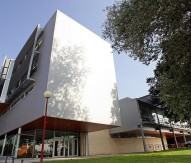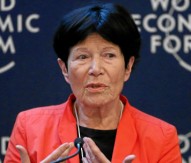
ERC awards 4000th grant to chronic pain project
The European Research Council has awarded its 4000th grant to Dr Manuel Arruebo of Spain, who aims to put an end to the use of conventional analgesics for patients with chronic pain.
Arruebo is looking at a new drug delivery system to improve the daily lives of patients. A new device would inject nano-capsules capable of releasing drugs on demand and remotely. This could remove, in many cases, the need for surgery. He will conduct his research at the University of Zaragoza, Spain, with the support of a Consolidator Grant worth over €1.5m.
Arruebo, who is leading the NANOHEDONISM project stated: “I am proud to be the 4000th ERC grantee, especially at times when competition for research funding is intensifying and is making it harder for scientists to pursue their careers in Europe. With my ERC Consolidator Grant, I hope to develop a new technology that will administer drugs in a minimally invasive manner – just with an injection and in many cases without surgery – and only when patients actually need it.”
Chronic pain affects millions worldwide and current treatments are often inadequate, not allowing precise control of the drug’s release. They also do not adapt to the patients’ changing daily physical activities or to the level of pain relief they require. In addition, the conventional systems do not allow the patients or their doctors to switch them off or administer therapeutic doses only for the length of time which is necessary.
The project is an attempt to overcome these limitations by developing a pioneering method of drug delivery, one which is reversible and which releases drugs only where and when they are needed. The drugs take the form of injectable and biodegradable nano-capsules released in response to a specific biochemical stimulus, such as heat, light or electrical or magnetic fields. The new technology will offer better care for the many patients who need an on-demand release of their prescribed medication. They could be sufferers from diabetes, hormonal disorders, sciatica, or patients receiving localised chemotherapy treatments.




